
|
Meet the Dik-dik, an adorable antelope from eastern and southern Africa. This miniature mammal stands 12-16 inches tall and weighs 7-15 pounds. |
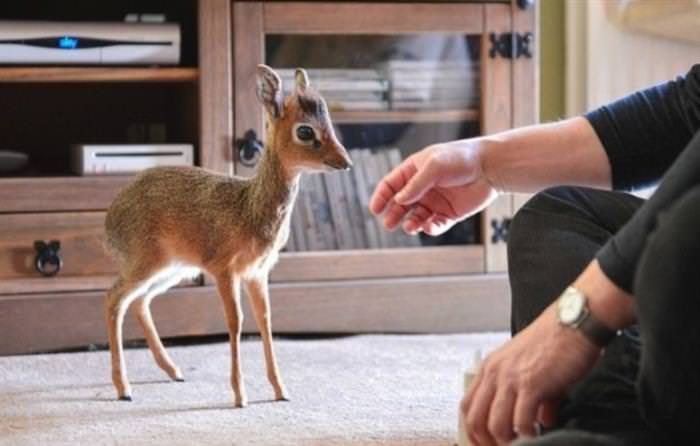 |
|
Source of their name |
|
They get their name from the nose whistle sound they make when they feel threatened. It sounds like a dik-dik or tzik-tzik sound. You can hear the sound in the video below. |
|
Whistle with a purpose |
 |
|
The “dik-dik” sound comes from their nose. When danger is sensed, the female Dik-dik makes this noise to warn other game species of impending danger so they know to make a run for it. |
|
Compact but not the smallest antelope |
 |
| Source |
|
The smallest antelope is the West African Royal Antelope, which weighs less than 10 pounds and stands at 10-12 inches tall, about the size of a rabbit. |
|
Trail of tears |
 |
| Source |
|
Dik-diks use tears to mark their territory. They poke their eyes with grass or twigs so that a special fluid that comes from the black spot in the corner of their eyes runs. |
|
They don’t need much water |
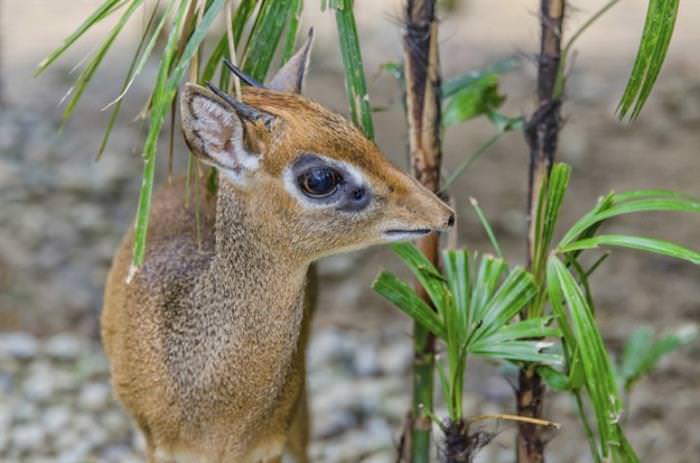 |
|
A Dik-dik’s diet is herbivorous and consists mainly of leaves, shoot, and berries. They don’t like grass and get enough water from their diet. In order not to hydrate from the hot African sun Dik-diks sleep in the shade during the heat of the day. |
|
Highly sophisticated noses |
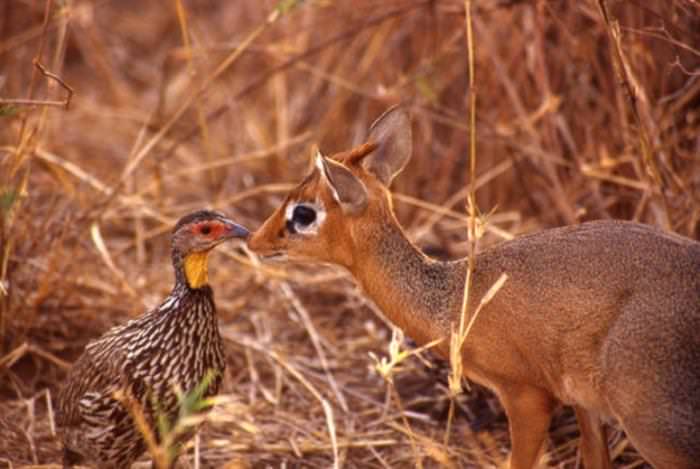 |
|
Dik-diks have very strong noses and they are prehensile, meaning they’re capable of grasping things tightly. They also have a special skill: they pant to pump blood through their noses, which cools the blood, and the blood goes right back into the body, refreshed and ready to go. |
|
They mate for life |
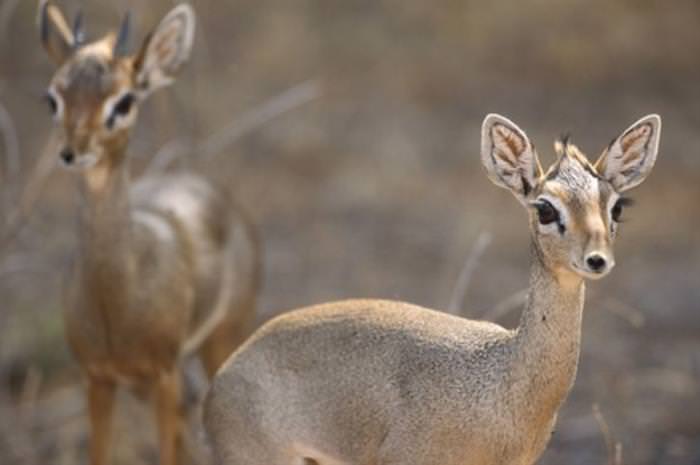 |
| Source |
|
Unlike the rest of the animal kingdom, Dik-diks are monogamous. They don’t live in a herd and choose to live in pairs for life. |
|
Dedicated to one baby |
 |
| Source |
|
Dik-diks have one baby at a time. Mothers conceal their young after birth and young Dik-diks stay with their mothers for seven months, until they are fully grown. |
|
They can run like the wind |
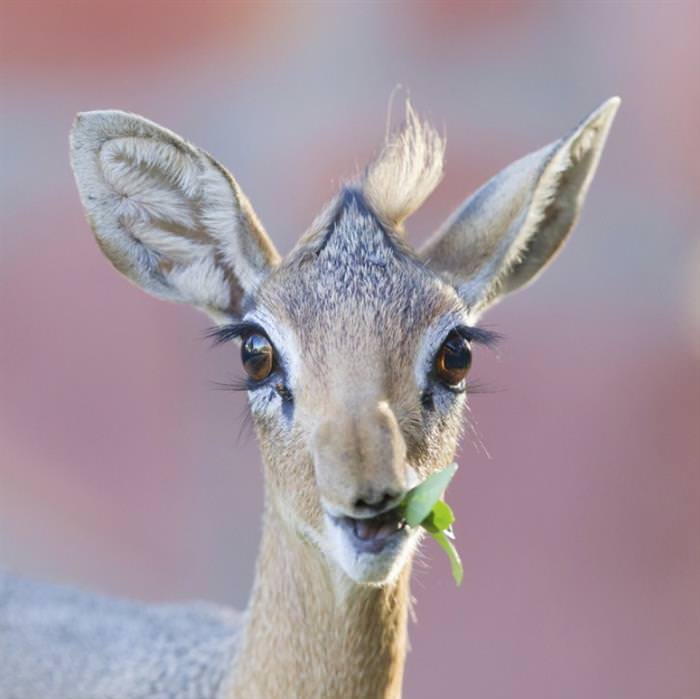 |
|
Due to their diminutive size, Dik-diks have many predators and have adapted by developing fast running speeds in order to survive. Their little legs can help them run as much as 42 miles per hour. |
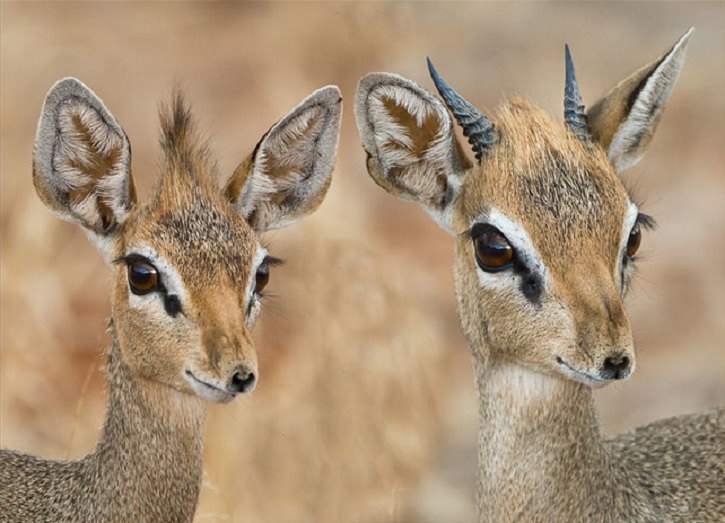 |
| Source |
| H/T: distractify.com |

These Little Elephant Calves Just Melted My Heart!
These not so little elephant cubs are so adorable you'll wish you could mother them!

Feeling Down? Let These Adorable Calves Brighten Your Day!
When you think of something cute, a calf is one of the last things that you'd think of. However, as you're about see, they can be incredibly cute too.

Think You Know Cute? You've Never Met a Tarsier Primate!
This tiny primate will make itself room in your heart. A beautiful and adorable animal very few have heard about.

INTERACTIVE: 26 of the Cutest & Prettiest Animal Posts!
From pandas to bunnies, from tigers to hedgehogs, this interactive collection promises animal lovers a terrific time!

The Natural Charm that Is Finland and Its Wildlife...
Photos by Ossi Saarinen of the Finnish nature and cutest wildlife.
 8:19
8:19
These Amazing Animal Rescues Will Give You a Big Smile
From daring rescues to quiet acts of compassion, these animals show us what it means to care.
 19:18
19:18
5 Of the Most Remarkable Adaptations in the Natural World
This video looks at five animals who have some remarkable adaptation abilities for survival in the natural world.

All Dogs Are Loyal, But Which Breeds are the MOST Loyal?
Dogs have been man's best friend for millennia now, but there are some breeds that exhibit traits of undying loyalty. Here are the top 10 most loyal dog breeds.

24 Facts That Help to Show Just How Weird Nature Can Be
Here are some weird and wonderful nature facts that you can amaze your friends with.
 1:30
1:30
This Fish’s Bite is Faster Than Your Blink
This is probably the weirdest fish you will ever see.
 7:56
7:56
Love Natural Beauty? Watch This Video of South America!
Beautifuk 8k video of south america taken by drones.
 6:34
6:34
Have You Ever Seen a More Beautiful Garden Than This?
Kayoichou Park is situated in Kasuya Town on the edge of Fukuoka City on the island of Kyushu, Japan. Take a look at the stunning rose garden there.

Poignant Photos of People and Nature Colliding Perfectly!
These 20 photographs perfectly encapsulate how truly stunning people and nature can be together, and how beautiful the Earth is!

10 Facts About the Power of Trees That Will Blow Your Mind
Trees are silent and harmless - but these facts are just about to twist this round! Read about the magnificent things you didn't know about trees.

Award-Winning Nature Photos That Left Us Amazed (15 Pics)
Check out the awe-inspiring winners of the 2024 Nature’s Best International Photography Awards.
 19:12
19:12
Dads of the Wild: Animal Kingdom's Paternal Protectors
These animal fathers show unwavering dedication.
 3:07
3:07
This Video Proves That a Dog REALLY Is Man's Best Friend!
A highly trained medical dog will instantly react to changes in its owner's behavior. Here's how they are trained at home.

Have You Ever Seen Animals As Odd As These?
These animals will shatter any stereotypical notion of what, say, a pig, or a turtle, should look like. Here are 15 animals you've probably never seen before.
 24:51
24:51
Meet Japan’s Wildlife: Bears, Cranes, and Sea Snakes!
Discover Japan’s wild wonders in stunning 4K..

16 Award-Winning Photos That Capture Birds in Action
Check out the outstanding winners from the SINWP Bird Photographer of the Year 2024 competition.
 2:19
2:19
This Maniac of a Mouse Hunts and Howls in the Night...
Learn all about this tiny warrior.
 9:21
9:21
Watch This Cheetah Shower Affection and Gratitude
Watch This Cheetah Shower Affection and Gratitude on her caregiver

Out of All the Chrysanthemums These Are the MOST Beautiful
Chrysanthemums are a beautiful flower, and there are so many different varieties of mums that come in all colors, sgapes and sizes
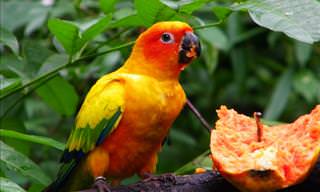
You Won't Find More Beautiful Parrots in the World...
There are around 350 different species of parrots in the world. Here you will find 10 of the most beautiful!

Can You Guess the Famous Geological Formation?
Can you recognize the world-famous geological formations and landscapes that are blurred out in these pictures? Give it a go and see how many you get right!

These Rare Animals Are Both Weird and Wonderful
Have you ever seen a creature that looked so weird and unique that you weren't sure if you were actually looking at an alien or something that belongs on our planet?Discover here these 15 weird and wonderful creatures that are too wonderful for words

21 Gorgeous Reasons Nature Needs No Photoshop
You'll be impressed by 21 nature pictures that prove the world is beautiful the way it is if you only know where to look.

The Power of Nature's Fury Captured in Poignant Photos
These images are a poignant reminder of the resilience and courage that defines us as humans.

When Animals Love, We Get Wonderful Moments Like These
18 gorgeous moments of animals showing affection and love to each other in wonderful photography by Goran Anastasovski, see how they kiss, hug and show love.

I Never Knew Mushrooms Could Be So Beautiful
Photographer Steve Axford captures some of the world's most fascinating mushrooms. Take a look.

Behold, 10 of the Most Beautiful Flowers in the World!
Take a look at the world's most beautiful flowers in this collection of photos we have made just for you to enjoy and share with your friends.
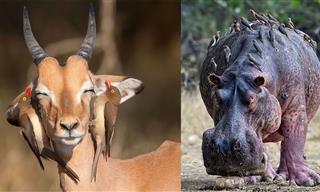 19:10
19:10
These Animal Partnerships Are Nature’s Unique Phenomena
Find out why some animals in the wild go out of their way to form a beneficial partnership with others animals.

Australia Is Home to Some of the World’s Cutest Animals
Australia is home to most living marsupials, a family of mammals unlike any other on earth.
 15:12
15:12
Meet the Most Amazing Architects of the Animal Kingdom
Take a look at some of the weirdest and most wonderful bird nests from the animal kingdom.

10 Adorable Sea Animals You Would Love to be Friends With
Take a look at some of friendliest sea creatures that are known to be gentle and amiable with humans.
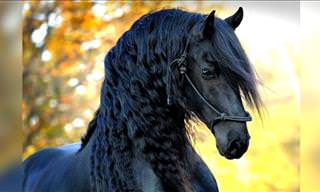 12:28
12:28
These Horses Are Absolutely Gorgeous!
These eight beautiful horse breeds will canter their way straight into your heart.
 18:56
18:56
15 of the Most Gorgeous Snake Species Around the World
Snakes can be so fascinating and yet so beautiful. Take a look at some of the most gorgeous ones on our planet.
 4:22
4:22
The Fascinating Ways Animals See the World
This is what the world looks like through the eyes of different animals.
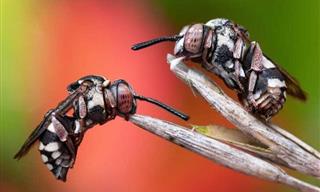
In Pictures: Royal Entomological Society Photo Contest
Check out the winners of the 2023 Royal Entomological Society photo contest.
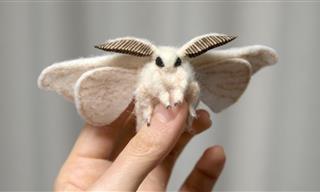 12:01
12:01
21 Incredible Moth Species You Just Have to Meet
Introducing you to 21 remarkable moth species you may like to meet.

Discover the Secrets of the Spectacular Valley of Fire
Join me on a visit to one of the most beautiful places in North America.
 7:24
7:24
Must Watch: The Invisible Miracles of Nature
This filmmaker takes you on an in-depth journey of the incredible expansive universes present in our universe.

19 Gorgeous Birds You Might Not Have Seen Before
Birds are one of the most varied and beautiful species. These 19 exotic birds are absolutely beautiful!
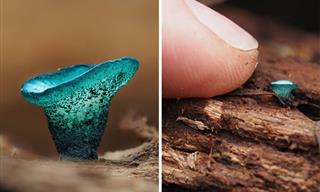
The Unexpected Beauty of Mushrooms in 15 Macro Shots
Here are 16 incredible close-up images that reveal mushrooms like never before.
 2:24
2:24
This Stunning Bird of Prey Video Will Leave You in Awe!
Be humbled by the extreme beauty of these birds of prey in their natural environment.

These Mother Bears and Their Cubs Make Beautiful Families
The relationship between mother and child is one of the most important in our lives, and these 18 mother bears can teach you some lessons about child rearing.
 10:23
10:23
Animal Funny Facts: The Killer Surfing Snails
Learn in the most hilarious way about a very interesting little slug...
To enable your Ad-Free Subscription, please fill the fields below
Your subscription was successful, now you can enjoy an ad-free experience!! Note: To make sure you get no ads, please make sure to log in to your account. If you are logged in already, then refresh the page. The subscription can be cancelled at any time.


